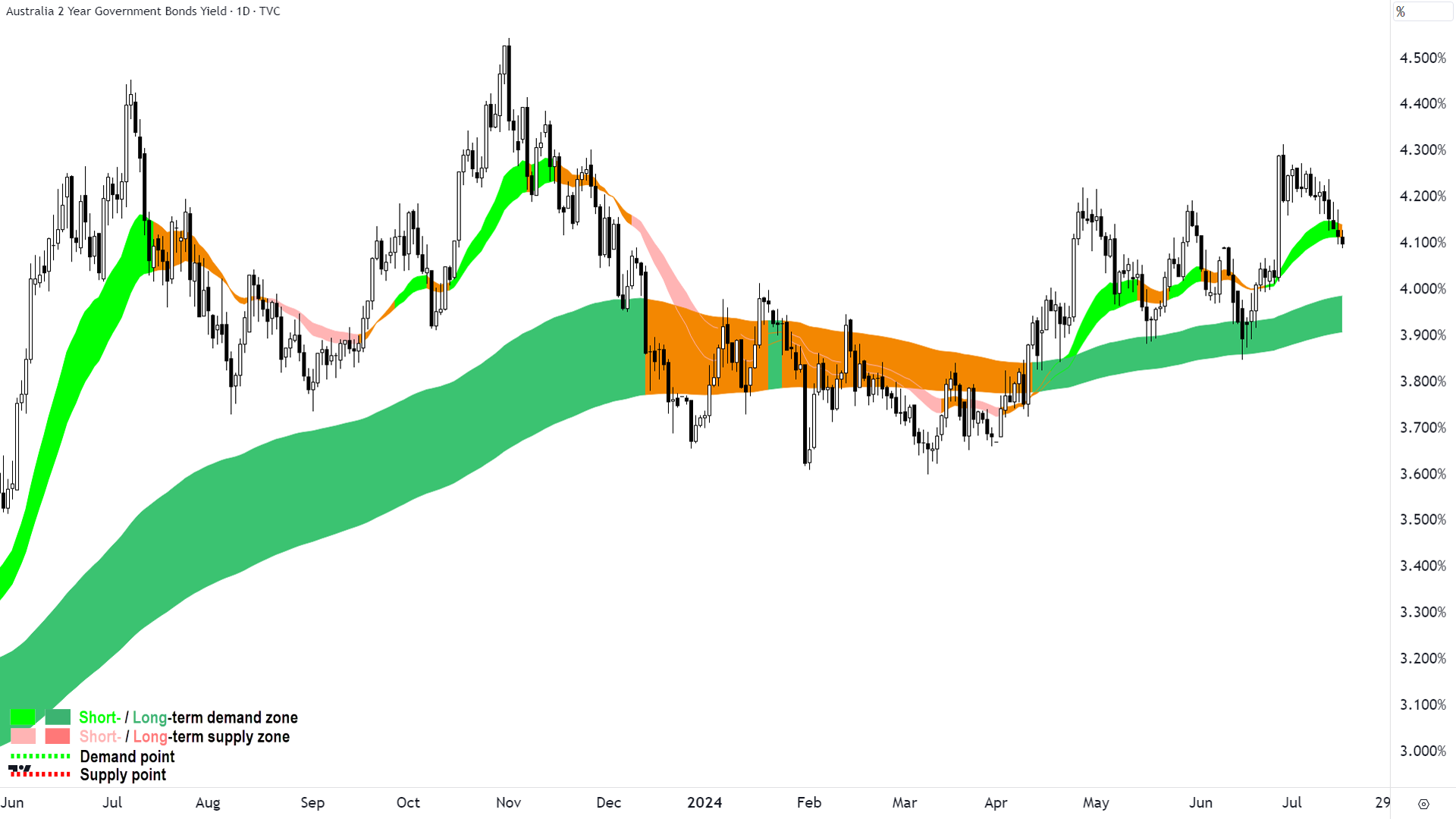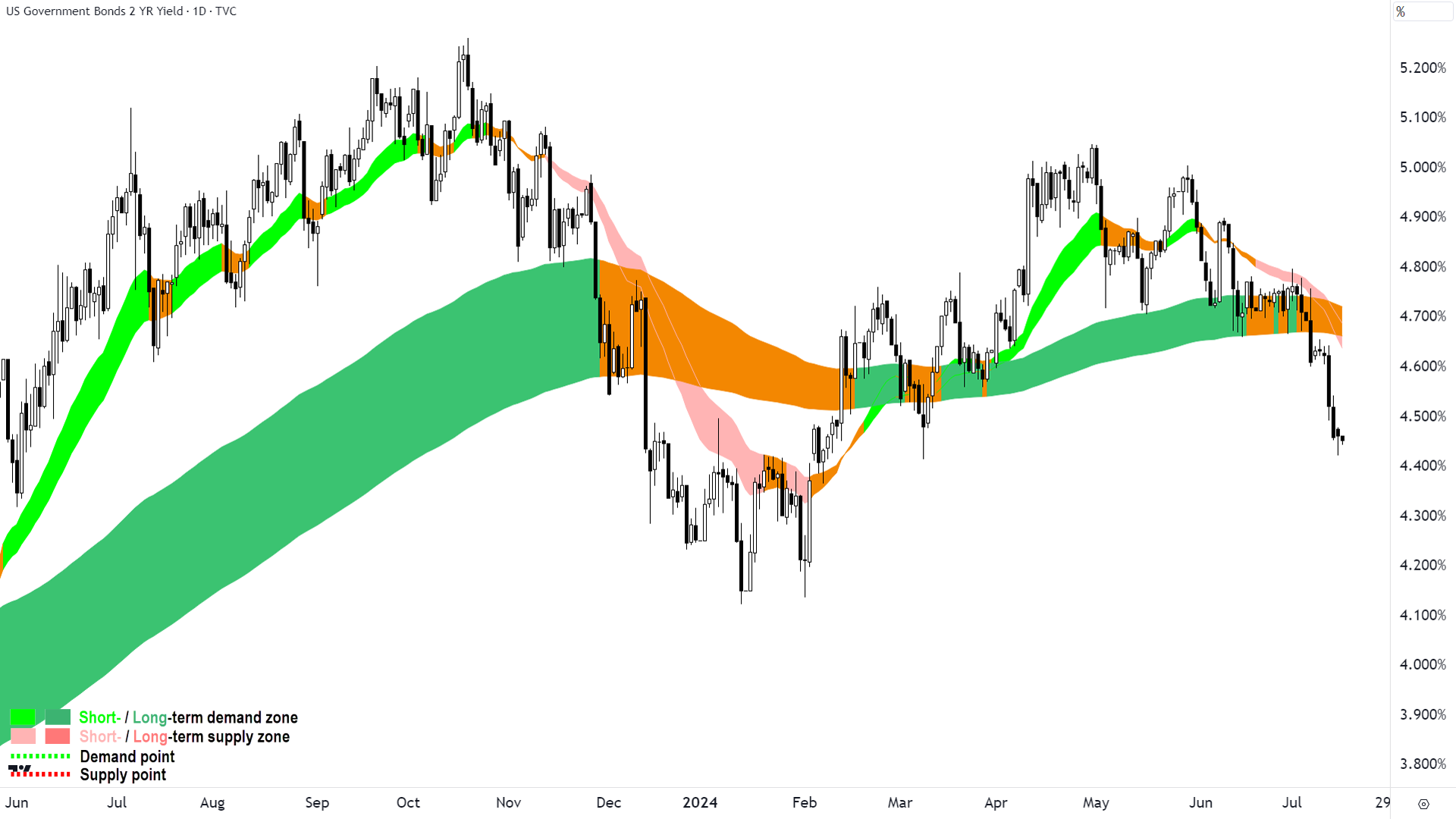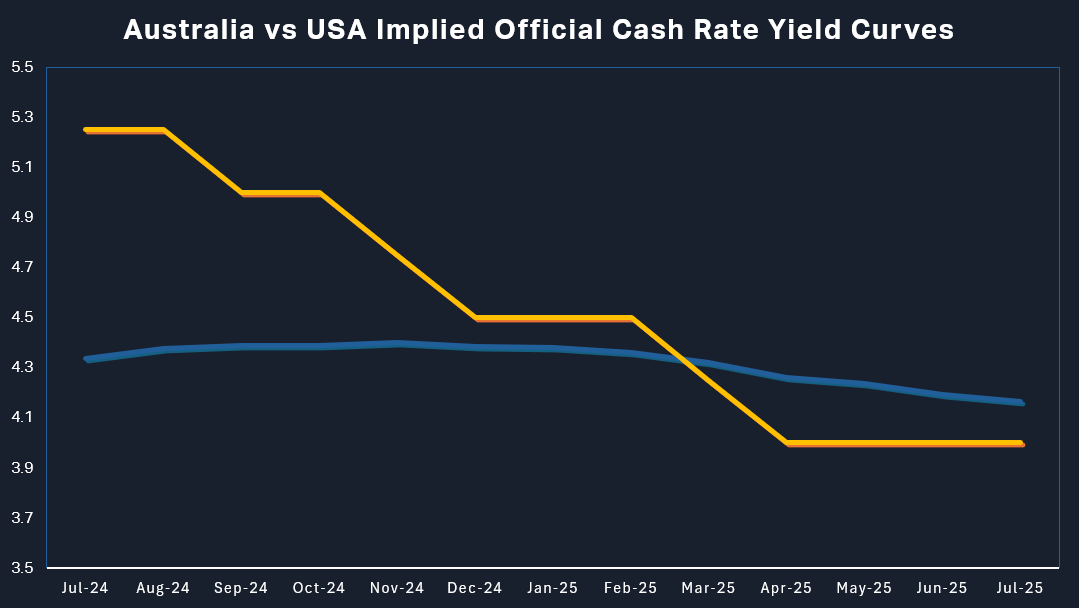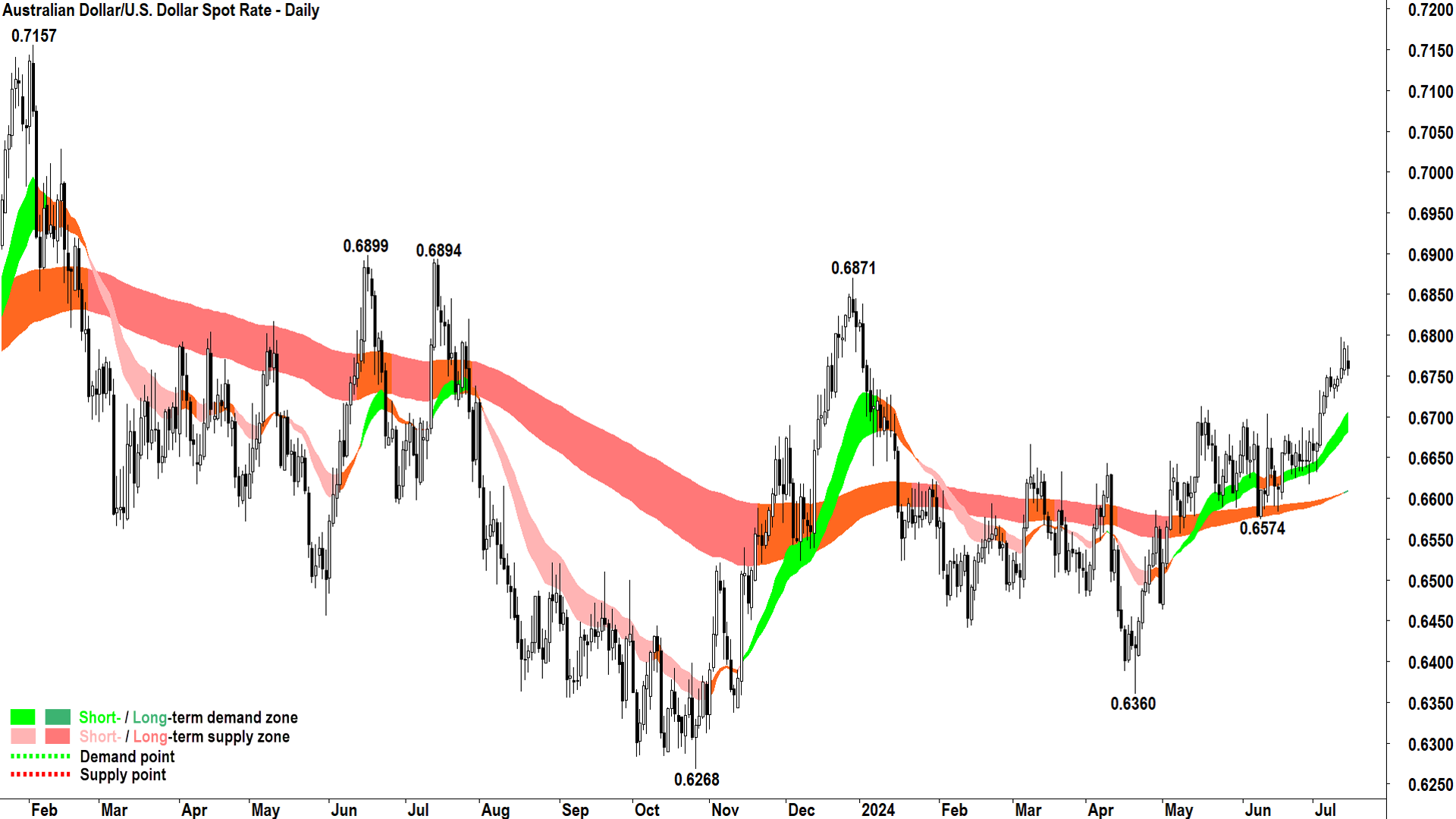C’mon Aussie! Going overseas? Maybe don’t swap those Aussie dollars just yet…
It probably doesn’t get enough attention here on Livewire, given we tend to focus mainly on matters of the stock and fixed interest markets, but moves in foreign exchange are vitally important to all financial markets.
At a micro level, they impact the earnings of any company that’s doing business overseas (i.e., most companies), and at a macro level, they have a major impact on global capital flows across stock, commodity, and interest rate markets. They can also influence country inflation rates and indebtedness.
The impact of moves in foreign exchange is pervasive across the financial system.
Dialling down the “importance to everything” a little, many of us likely encounter the exchange rate if we’re lucky enough heading overseas. Suddenly, we’re watching the AUDUSD (Australian dollar versus the US dollar), or the AUDGPB (AUD versus the Pound Sterling), or the AUDBHT (AUD versus the Thai Baht) like a hawk!
I have good news if you’re planning a trip to the USA – the little Aussie battler is on the rise, closing in on 68 cents to the US dollar, up from less than 64 cents just a couple of months ago. That’s roughly 6% more spending power on your holiday at a time when every dollar (Aussie or Greenback) counts!
The even better news for those about to travel to the US, is both the charts and a major broker suggest the little Aussie battler has further to run against the Greenback in the near term.
Why is the Australian dollar rising against the US dollar?
According to Morgan Stanley, there are three main reasons for the Aussie dollar’s resurgence against the US dollar:
Yield differentials
Relative growth expectations
Robust risk sentiment
The first two are key drivers of any foreign exchange rate, the third is more specific to Australia. Let’s investigate each in more detail to get a better understanding of what factors affect foreign exchange rates.
It’s always about interest rates!
I can say this about stocks, property, commodities, bonds, crypto, stamps, and fine art. Basically, anything you need money to buy. Global interest rates – starting with those set by central banks, determine the price of money. By this, I mean the rate at which you can borrow funds to invest in real assets (like property and commodities) and virtual assets (like stocks, bonds, and crypto).
The cheaper (lower) the rate charged on money, the more of it will typically be borrowed to invest. This invariably flows through to the demand side of the equation for assets, and assuming supply doesn’t change (i.e., because there aren’t any global calamities like wars, pandemics, recessions, and all that nasty stuff), asset prices should rise.
The opposite is also true. Higher interest rates equal a higher cost of money. This invariably equals lesser demand for assets, which equals lower asset prices. Stick a pin in this concept because if you intend to invest in any of the above-mentioned assets – this is the first place (and often the only place) to look for answers!
Bringing it back to foreign exchange rates, countries offering higher interest rates will typically see greater demand for their currency than countries offering lower interest rates. Central bank rates are important here, but only in so much as they influence “market yields”. Two important points here with respect to central bank rates versus market yields:
Market yields are the current yields that can be earned on a country’s risk-free bonds (typically durations of 2 and 10-years are most important, reflecting short and long term “benchmark” yields); and
The present level of the central bank rate is almost irrelevant – market participants always work on forecast central bank rates, and therefore market yields reflect future expectations of the central bank rate
Case in point: The current market yield environment for Australia versus the USA, compared to relative central bank rates.

Australian 2-year Government Bond Yield

US 2-year T-Note Yield
What we’re seeing in the above charts is the price of short term risk free money in Australia (top) and in the USA (bottom). Don’t worry so much about the respective levels (FYI, 4.10% and 4.44%), what’s far more important in determining the AUDUSD rate is the relative change in the levels over a period of time.
Both charts are falling over the last couple of weeks, but over the last couple of months, the US 2-year T-Note (“T-note”) yield has declined significantly more than the Australian 2-year Bond (“Bond”) yield. If we look at the period since 10 June when this last rally in the AUDUSD began, the yield on the T-Note has declined by 0.45% while the yield on the Bond is actually up 0.1%.
Short term risk free money in the USA is still yielding more than its Aussie equivalent, but that differential has been slashed by nearly half of one percent. It doesn’t sound like much – but half a percent is a big deal when you consider the amounts of currency being traded across the globe each day.
It’s enough to swing the balance of demand and supply back in the favour of the Australian dollar – especially when markets firmly believe US interest rates are about to be cut, while Australian interest rates are expected to remain at their current level (at the very least!).

Australia (blue line) vs USA (orange line) implied yield curves
The above chart shows where the market expects official cash rates to go in Australia and in the USA over the next 12 months. Note that the cash rate in the USA is expected to fall below the Australian cash rate around March next year.
There’s a very good chance by then that global fund managers will be able to borrow in US dollars and then invest those funds in risk free Australian bonds and earn a positive return – known as carry.
The “carry trade”, as it is called, is one of the key drivers of global fund flows (in my opinion it’s easily the most important!). Again – small rate differentials, on risk free assets, over huge sums of cash, equals big returns for not much risk. The carry trade is bread and butter for the big funds.
The impact of all the above on the AUDUSD could be further appreciation. Morgan Stanley certainly believes so: “According to our Global FX Strategy team, there are several drivers from here that could take the AUD to higher levels”, the broker suggests, noting that the long run average for the AUDUSD is 0.72.

AUDUSD chart
From a technical standpoint, I note a well-established short term uptrend in the AUDUSD chart above, and the long term trend has just turned up. Both trend ribbons appear to have transitioned to offering dynamic support. The price action is rising peaks and rising troughs, and the candles are predominantly demand-side (i.e., white-bodied and or downward pointing shadows).
Each of these factors indicate pervasive buy the dip activity and accumulation, i.e., demand-side control. As long as they remain in place, there’s no reason why the AUDUSD cannot continue in trend to test the points of supply at 0.6871-0.6899. Beyond that, the next major point of supply is 0.7157.
I expect 0.6871-0.6899 will take some clearing, but Morgan Stanley’s ballpark of 0.72 is not out of the realms of possibility. The price action and candles will tell the story, particularly around key supply zones. Watch for black-bodied candles and or upward pointing shadows to indicate the supply-side is re-exerting its control near/in those zones.
Growth & Risk-on factors
There’s daylight in terms of importance between market yield differentials and the next two factors Morgan Stanley highlights as supporting a continued appreciation of the Australian dollar against the Greenback.
Still, they will likely play an important role in sustaining the likely yield differential superiority of the Australian dollar versus the Greenback in 2025. Countries that have stronger economies:
Tend to attract more international capital investment – increasing the demand for that country’s currency; and
Tend to have higher official cash rates (stronger economies tend to have higher rates of inflation and lower unemployment – central banks like less of the former and more of the latter).
As for the concept of “Risk-on”, this relates to global growth expectations. Australia is generally considered by the big fund managers as highly leveraged to strong global economic growth through its abundance of natural resources and associated export markets.
Morgan Stanley believes that as global interest rates decline over the next 18 months or so, this could stimulate global economic growth, and therefore increase the demand for commodities. Greater demand for commodities would likely boost Australian economic growth (the second factor), but also potentially increase demand for Australian dollars to pay for them.
C’mon Aussie, c’mon, c’mon…
I hope you’ve enjoyed this sojourn into the world of international finance and currency exchange. Many of these factors may appear complex at the start (like the carry trade!), but hopefully they’re a little clearer now. At least you’ll be able to keep tabs on the key drivers for the AUDUSD and get the very best rate for your upcoming holiday. Say “Hi” to Mickey Mouse for me! 👋
5 topics
1 stock mentioned

